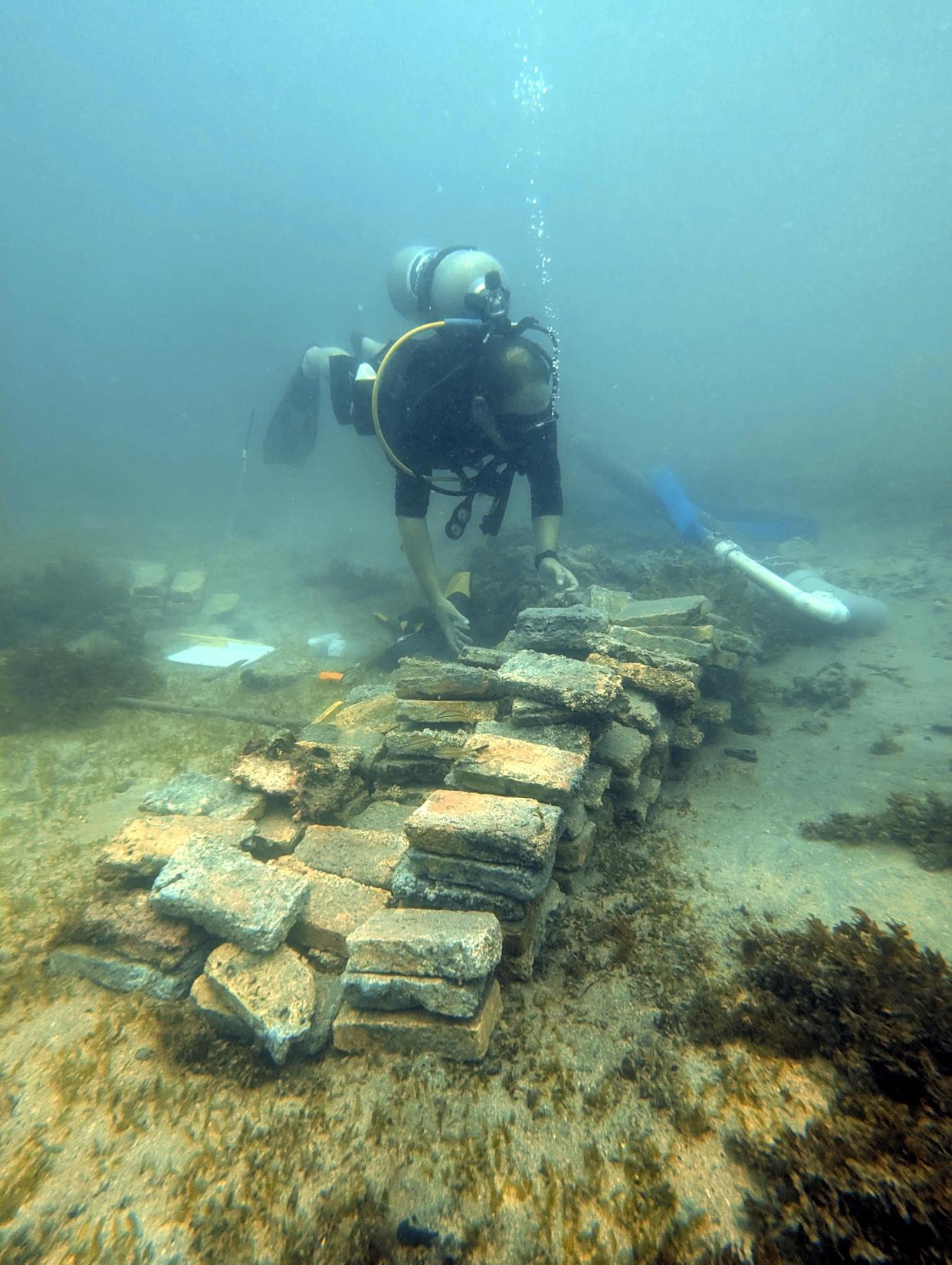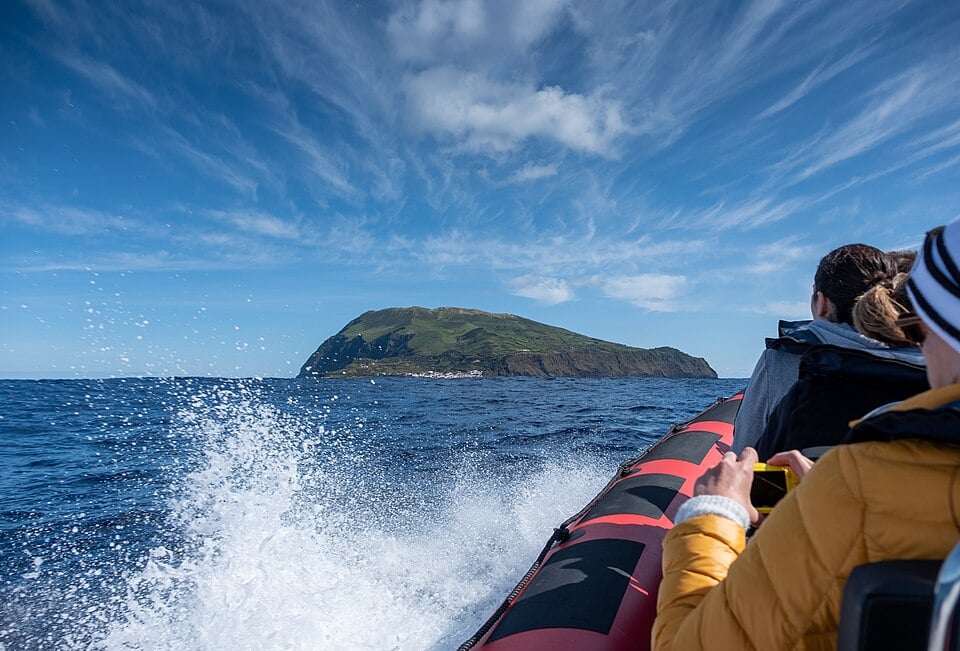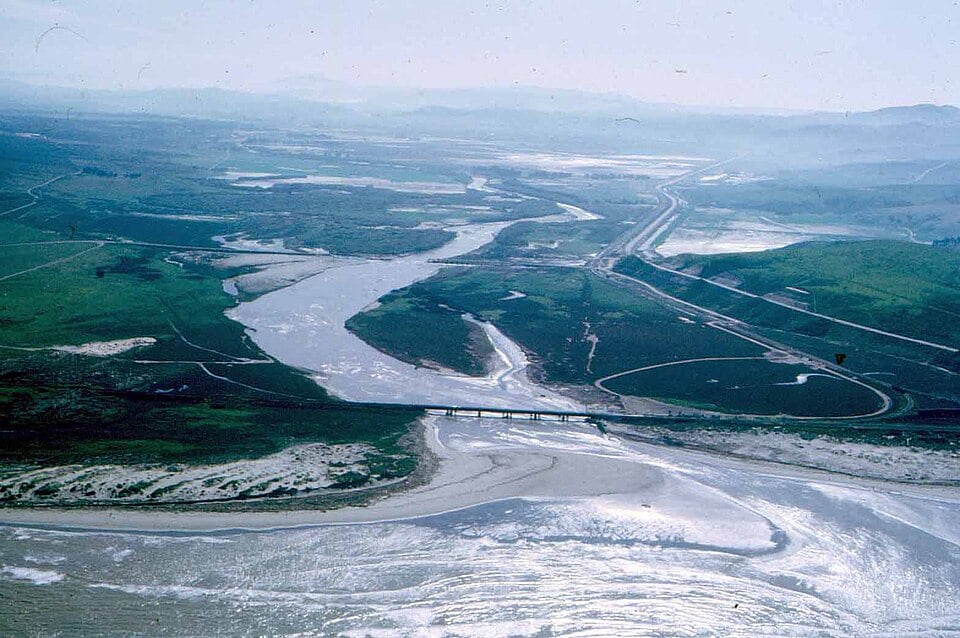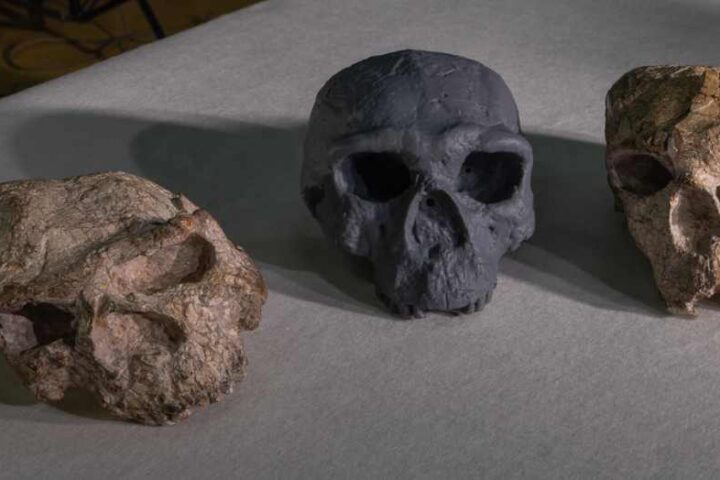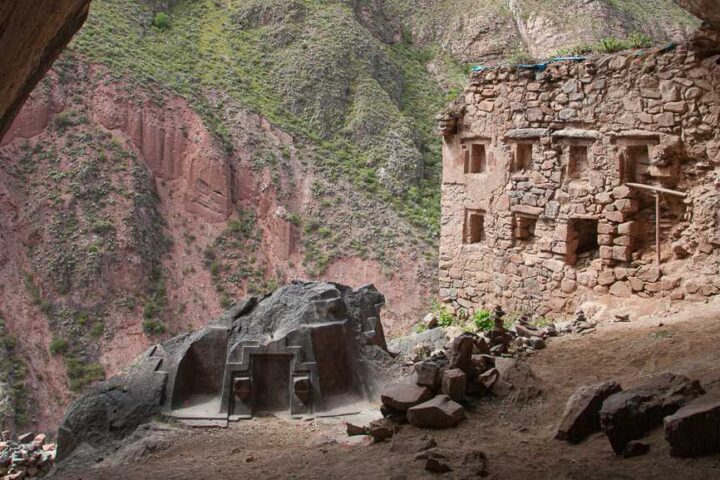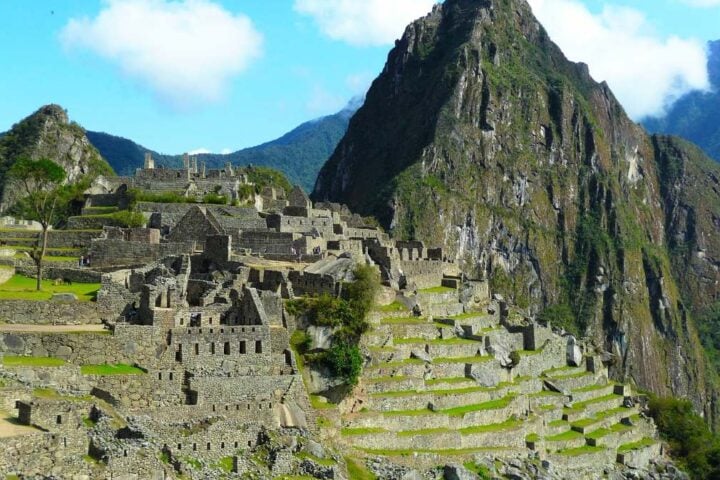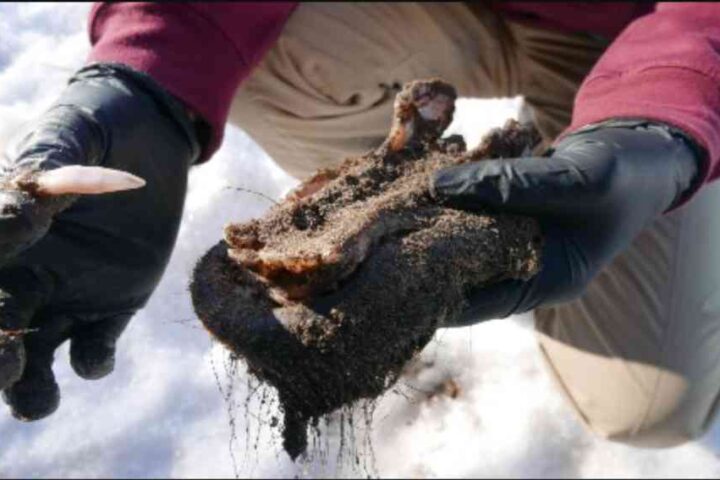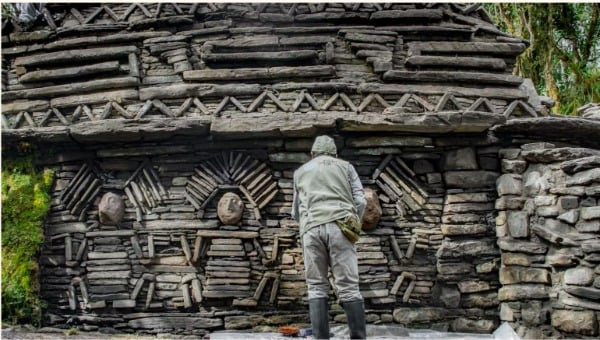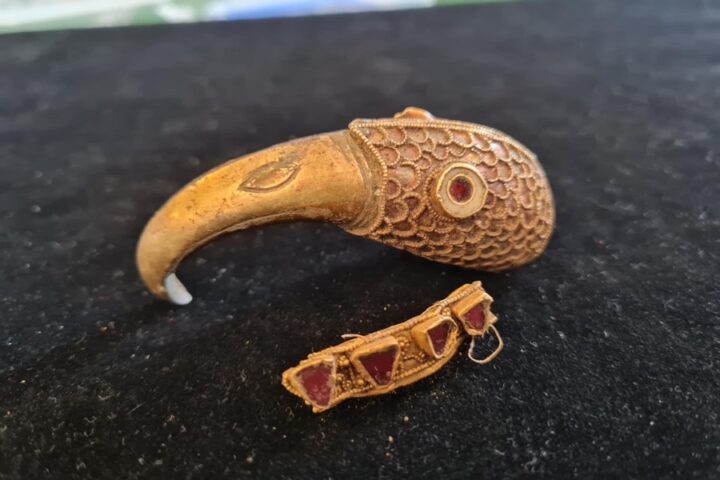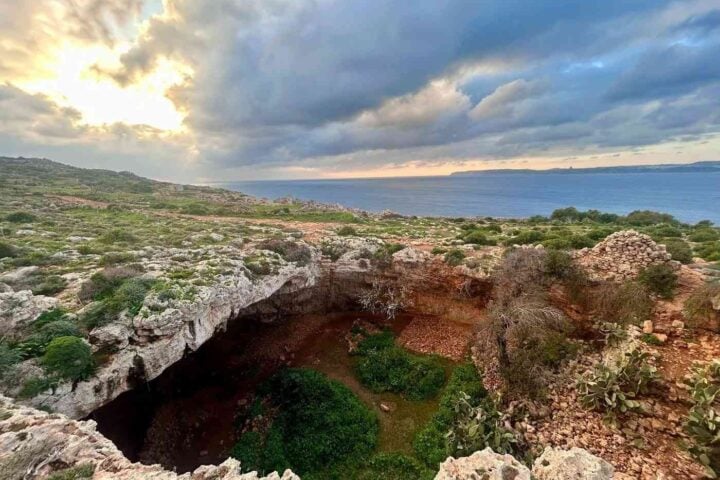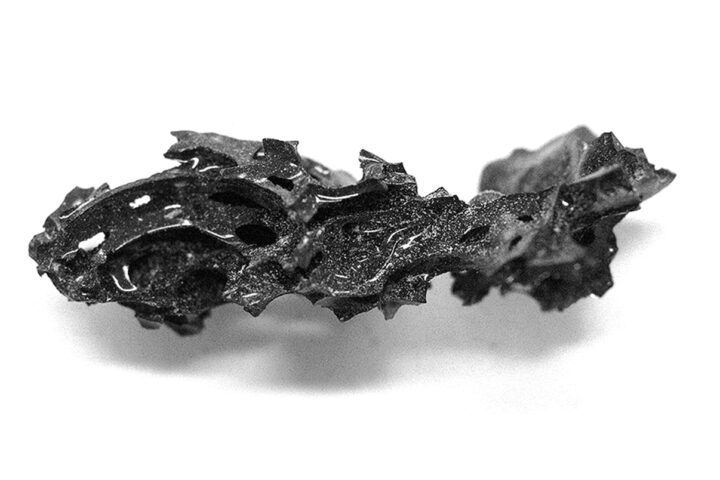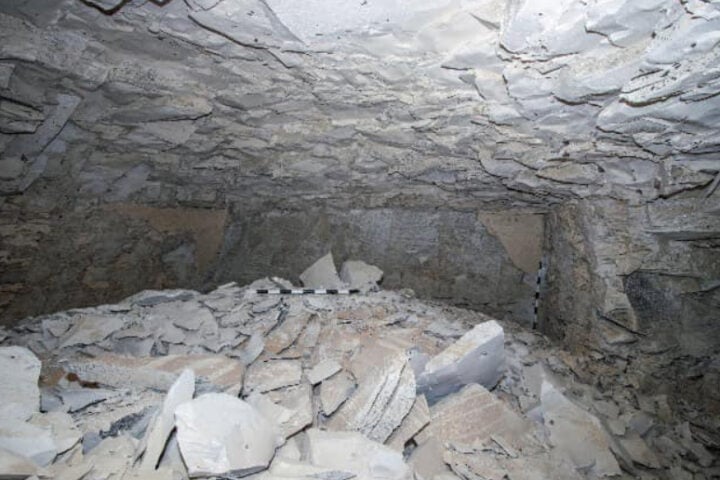Remarkable archaeological findings have confirmed that two shipwrecks discovered off Costa Rica’s Caribbean coast are indeed Danish slave vessels from the early 18th century, resolving centuries of historical mystery through modern scientific methods.
Historic Vessels Identified Through Scientific Analysis
Recent underwater excavations in Costa Rica have conclusively identified two shipwrecks as the Danish slave ships Fridericus Quartus and Christianus Quintus, which historical records indicate were lost off Central America in 1710.
Marine archaeologists from Denmark’s National Museum and the Viking Ship Museum conducted thorough investigations in 2023, collecting samples from the ships’ timbers, cargo bricks, and clay pipes. The scientific analyses of these materials have provided definitive evidence of the vessels’ Danish origins.
According to David Gregory, marine archaeologist and research professor heading the new maritime research centre Njord at Denmark’s National Museum: “The analyses are very convincing and we no longer have any doubts that these are the wrecks of the two Danish slave ships. The bricks are Danish and the same goes for the timbers, which are additionally charred and sooty from a fire. This fits perfectly with the historical accounts stating that one of the ships burnt.”
Archaeological Evidence and Methods
The scientific investigation employed multiple analytical techniques to confirm the ships’ identities:
- Dendrochronological analyses (tree-ring dating) of oak wood from one wreck revealed that the timbers originated in the western Baltic Sea region—encompassing northeastern Germany’s Mecklenburg province, Schleswig-Holstein, Denmark, and Scania. The trees were felled between 1690–1695, and importantly, the recovered wood showed signs of charring and soot, supporting historical accounts that one ship was set ablaze.
See detailed tree-ring data at thelocal.dk. - The bricks recovered from the site matched the dimensions of “Flensburg bricks” commonly used in Denmark and Danish colonies. Clay analysis performed by Professor Emeritus Kaare Lund Rasmussen at the University of Southern Denmark traced the clay to either Iller Strand or Egernsund along Flensburg Fjord, an area known for significant brick production in the 18th century.
- Additionally, clay pipes found at the site were identified as Dutch-produced pipes typical of those used aboard Danish vessels. Their design characteristics suggest they were manufactured shortly before the ships were wrecked in 1710, as such pipes were rarely used for more than five years.
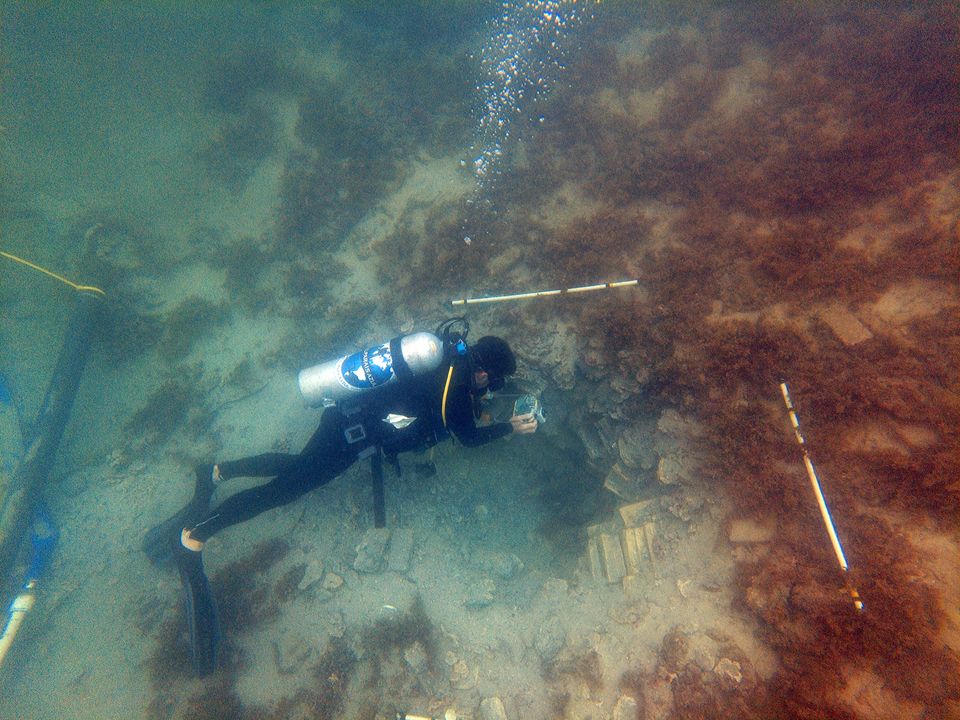
Historical Significance and Local Impact
The discovery carries significant historical importance both for Denmark and Costa Rica. The ships were part of Denmark’s participation in the transatlantic slave trade. According to historical sources, Fridericus Quartus was deliberately set on fire, while Christianus Quintus had its anchor rope cut before being wrecked in the surf.
These shipwrecks have been known to exist in the shallow waters off Cahuita National Park for many years, but they were previously misidentified as pirate ships. Questions about their true identity emerged in 2015 when American marine archaeologists discovered characteristic yellow bricks in one of the wrecks—bricks produced in Flensburg specifically for use in Denmark and Danish colonies.
“It’s been a long process and I’ve come close to giving up along the way, but this is undoubtedly the craziest archaeological excavation I’ve yet been part of. Not only because it matters greatly to the local population, but also because it’s one of the most dramatic shipwrecks in the history of Denmark, and now we know exactly where it happened. This provides two pieces that have been missing from the history of Denmark,” said Andreas Kallmeyer Bloch, marine archaeologist and museum curator at the National Museum of Denmark, who has investigated the origins of these ships for several years.
Source: Press release via X-Ray Magazine
International Collaboration
The research represents a significant international effort, bringing together the National Museums of Costa Rica and Denmark, the Viking Ship Museum in Roskilde, the University of Southern Denmark, the Archaeological Commission of Costa Rica, SINAC (Sistema Nacional de Áreas de Conservación Costa Rica), and a local NGO called Centro Comunitario de Buceo Embajadores y Embajadoras del Mar.
The project falls under the auspices of Njord, Denmark’s new maritime research centre, which is planning further excavations of Danish shipwrecks abroad.
Public Engagement
The fascinating story of these slave ships was featured in the Danish television programme “Forsvundne Arvinger Special – Mysteriet om slaveskibene” (Lost Heirs Special – the Mystery of the Slave Ships), which aired on April 28, 2025.

This archaeological discovery not only fills gaps in maritime history but also offers valuable insights into the transatlantic slave trade and its connections to both European and Caribbean colonial pasts. The scientific methods employed demonstrate how modern archaeology can solve historical mysteries and bring forgotten chapters of the past to light.
The National Museum of Denmark notes, “Denmark banned its transatlantic slave trade in 1792, effective 1803, and formally abolished slavery in 1847 following revolt-driven reforms.”
